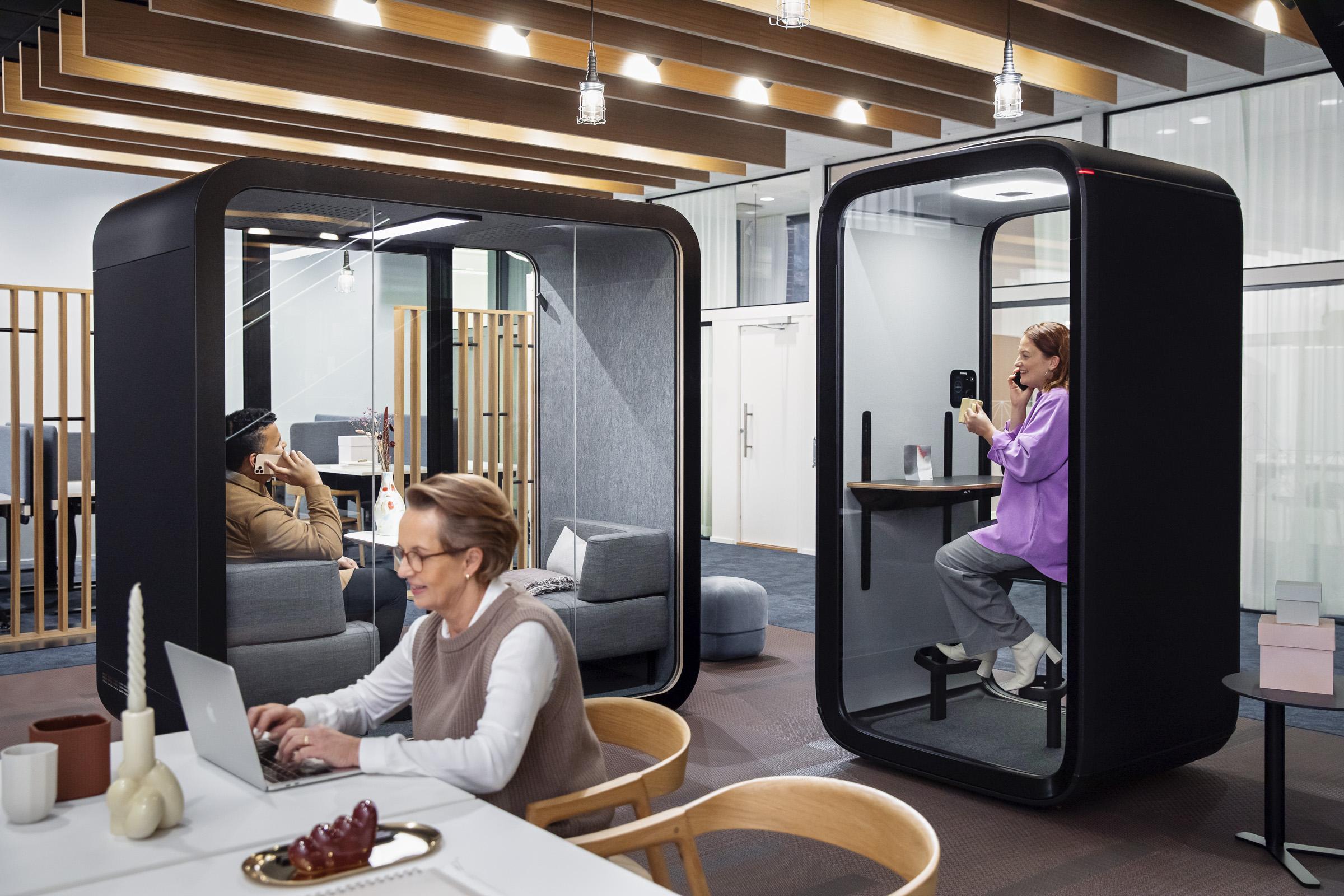In an era where the boundaries between work and home have blurred, the question of remote work has become a topic of great interest and debate. Amazon,a titan of e-commerce and technology,finds itself at a crossroads,grappling with the implications of a post-pandemic workforce. With employees raising concerns about flexibility, productivity, and company culture, the search for answers intensifies. Are they navigating the new landscape of hybrid work models, or is the corporate giant steadfastly steering its ship back to conventional office spaces? This article delves into Amazon’s approach to remote work, examining the strategies, challenges, and employee sentiments that shape its ongoing evolution in the world of telecommuting.
Exploring Amazons Remote Work Policies for Employees
Amazon has adopted a dynamic approach to remote work, striking a balance between flexibility and collaboration.While many companies have embraced a fully remote model, Amazon is opting for a hybrid structure, emphasizing the importance of in-person collaboration in certain roles. This means that while some employees may find themselves working remotely, others, particularly those in customer-centric and operational roles, are encouraged to be on-site. The company’s policy reflects an understanding that innovation thrives on collaboration, and the office environment can foster a sense of community among teams.
Employees looking to understand their opportunities for remote work will find that Amazon offers varying arrangements that cater to individual team needs and project requirements. Key points regarding remote work policies include:
- Flexibility: employees may request remote work arrangements based on their job functions.
- Role-Specific Guidelines: Not all positions qualify for full-time remote work, particularly those requiring close teamwork.
- Regular Check-Ins: Teams are encouraged to maintain frequent dialog to ensure alignment, nonetheless of location.
these policies emphasize Amazon’s commitment to work-life balance while still prioritizing effective teamwork and productivity. For employees navigating these options, understanding how their specific role fits into the broader organizational strategy will be crucial.

The Impact of Remote work on Amazons corporate Culture
The shift to remote work has substantially influenced Amazon’s corporate culture, introducing new dynamics that challenge the traditional workplace framework. Employees now experience increased flexibility, enabling them to manage their professional duties alongside personal commitments. This shift has led to an evolution in communication styles, with digital tools becoming essential for collaboration. Teams frequently enough harness platforms like Slack and Zoom to stay connected, fostering a sense of camaraderie despite physical distances. however, this transition has also sparked discussions around isolation and potential gaps in team cohesion. The balance between productivity and well-being has never been more critical as Amazon seeks to maintain its innovative spirit in a dispersed environment.
In response to these changes, Amazon has implemented various initiatives to support its workforce. Some key aspects include:
- Virtual Team Building Activities: To combat feelings of disconnect, the company has encouraged virtual social events, allowing employees to bond outside of work tasks.
- Flexible Work hours: By allowing employees to choose their work schedules, Amazon aims to boost morale and increase job satisfaction.
- Remote Work Resources: Access to tools and resources that facilitate effective work-from-home arrangements has been prioritized, reducing friction in daily operations.
The emerging corporate culture at Amazon reflects these adaptations, creating a blend of traditional work ethics with the needs of remote operational structures. A closer look at how these changes translate into employee engagement can be seen in the following table:
| aspect | Before Remote Work | After Remote Work |
|---|---|---|
| Collaboration Tools | In-person meetings | Digital platforms |
| Work-Life Balance | fixed hours | Flexible hours |
| Employee Engagement | Office events | Virtual gatherings |

balancing Productivity and Well-being in a Hybrid Workspace
As companies like Amazon transition to hybrid work environments, employees face the unique challenge of blending productivity with personal well-being. This balance requires a thoughtful approach to daily routines and workspace arrangements. Workers must establish clear boundaries between work and home life, which can often blur in a remote setting. To optimize their experience,employees should consider:
- Designating a specific workspace: This helps in separating work tasks from personal activities.
- Implementing regular breaks: Short pauses can rejuvenate focus and moral,countering burnout.
- Leveraging technology: Utilizing tools for collaboration can enhance teamwork without leading to burnout.
Employers also play a pivotal role in fostering a supportive hybrid culture. Encouraging open communication can aid in identifying individual needs and challenges. A practical method to visualize this balance is through the establishment of a weekly check-in table, where employees can reflect on their productivity alongside well-being metrics:
| Day | Productivity Level (1-10) | well-being Score (1-10) |
|---|---|---|
| Monday | 8 | 7 |
| Tuesday | 9 | 6 |
| Wednesday | 7 | 8 |
| Thursday | 8 | 7 |
| Friday | 6 | 9 |
This simple table not only tracks productivity but also highlights the importance of well-being, paving the way for a healthier work culture in a hybrid model.By prioritizing both aspects, organizations can enhance overall employee satisfaction and effectiveness in a home-grown environment.

Recommendations for Enhancing Remote Work experience at Amazon
To create a more engaging remote work experience, Amazon can focus on fostering a culture of connection and collaboration. This can be achieved by implementing regular team-building activities, virtual coffee breaks, and interactive workshops that allow employees to strengthen their relationships despite physical distances. Additionally, integrating more visual communication tools can definitely help bridge the gap that might potentially be felt in remote interactions, allowing for richer exchanges and a greater sense of camaraderie among colleagues.
Investing in employee wellness should also be a priority. Amazon could offer innovative benefits such as online mental health resources, wellness challenges, and flexible schedules tailored to individual productivity peaks. Providing a robust remote work toolkit that includes ergonomic furniture stipends, productivity applications, and wellness subscriptions can further enhance the work-from-home experience. A well-structured feedback loop that encourages employees to share their experiences and suggestions will ensure continuous improvement and adaptation to their evolving needs.
The Conclusion
the question of whether Amazon is embracing the work-from-home model reflects a broader shift in corporate culture and employee expectations across industries.As we’ve explored, the tech giant has taken a nuanced approach, balancing the benefits of remote work with the desire for in-person collaboration. While some teams may flourish in the flexibility of a home office,others could thrive in the dynamic environment of Amazon’s bustling campuses.
As we move further into an era where hybrid working models become the norm,Amazon’s decisions will undoubtedly influence not only its workforce but also the wider conversation around remote work. Whether you are an Amazon employee, a job seeker, or simply an observer of corporate practices, it will be engaging to watch how the company evolves its policies in response to employee feedback and market trends.
Ultimately, the future of work at Amazon, and beyond, remains in flux—an ongoing experiment in finding the right blend of productivity, collaboration, and employee satisfaction. Keep your eyes peeled; the next chapter of this story promises to be anything but predictable.



